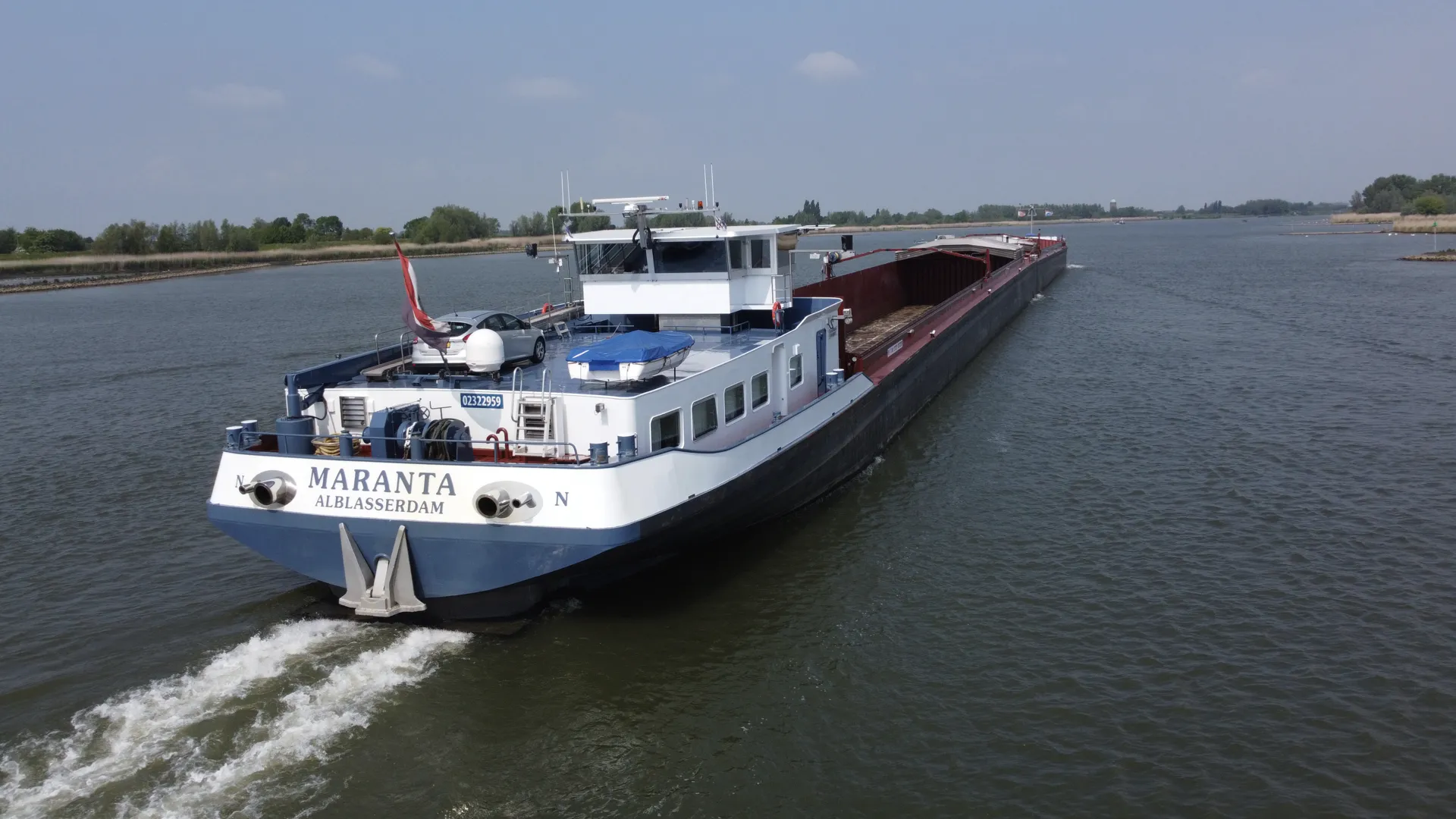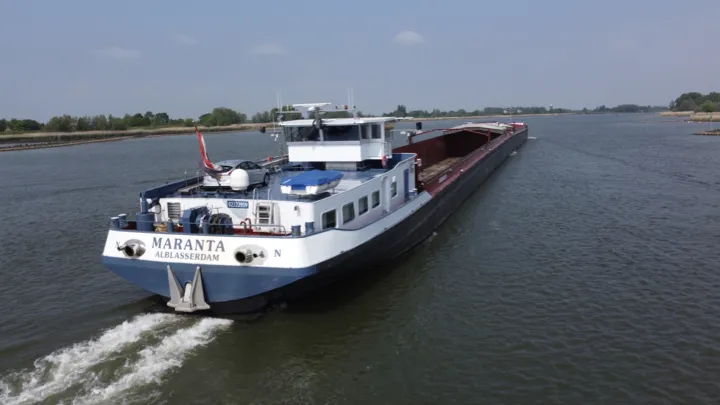Green Deal Inland Shipping: Impact, Emission Label & Innovations
Author: Jeroen Berger • Publication date:
How can inland shipping entrepreneurs adapt to the Green Deal Inland Shipping? The sector is undergoing a significant transition, driven by stricter emission regulations, the introduction of the European emission label, and the implementation of both the Corporate Sustainability Reporting Directive (CSRD) and the Corporate Sustainability Due Diligence Directive (CSDDD).
Although inland shipping accounts for less than 3% of total CO2 emissions in the European transport sector, there is still a substantial sustainability challenge ahead. The Green Deal Inland Shipping aims to make the sector future-proof by achieving emission-free navigation by 2050. This aligns with the broader ambitions of the European Green Deal: creating a climate-neutral Europe through large-scale emission reductions and sustainable economic growth.
In this article, we will explore the impact of CSRD and CSDDD, the new European emission label, and the consequences for shipowners and operators. Additionally, we will discuss the most promising technological innovations that contribute to the sector’s sustainability.
The Impact of CSRD and CSDDD on Inland Shipping
The Corporate Sustainability Reporting Directive (CSRD) and the Corporate Sustainability Due Diligence Directive (CSDDD) require shipping companies to provide detailed reports on their environmental impact. This involves phased mandatory sustainability reporting in line with Environmental, Social, and Governance (ESG) guidelines. The impact on inland shipping is significant, as more and more contractors demand transparency regarding the emissions of their transport partners.
Inland shipping entrepreneurs must not only monitor and report emission data but also take active measures to reduce emissions. This may require investments in cleaner engines, emission reduction systems, or alternative fuels to meet stricter environmental standards and maintain a competitive position.
At the same time, this development presents opportunities: shipowners and inland shipping companies with a low-emission profile will become more attractive to contractors, benefit from more favorable contract terms, and gain easier access to funding and subsidies for sustainability initiatives.
The European Emission Label: Transparency and Market Opportunities
One of the most significant developments in the Green Deal Inland Shipping is the introduction of the European emission label—the successor to the Dutch Inland Shipping Emission Performance Label, which was introduced in 2021 and initially planned to become mandatory from 2023. Developed as part of the PLATINA4Action project, this label provides a uniform standard for classifying inland vessels based on CO2 emissions and air pollutants such as nitrogen oxides (NOx) and particulate matter (PM).
This label will give shippers, logistics partners, and governments better insight into the emission performance of vessels, enabling more transparent and sustainable logistics decisions.
The European emission label is currently being developed as a directive and is expected to be implemented from 2027. The final enforcement depends on further European and national regulations, but the sector is already actively preparing for it.
Inland vessels without an emission label will become less attractive to contractors bound by stricter sustainability requirements. Entrepreneurs with a favorable emission profile can benefit from better contract conditions, access to subsidies, and a stronger market position in an increasingly competitive and sustainability-focused industry.
Innovations and Solutions for Emission Reduction
To comply with stricter emission regulations and future legislation, inland shipping entrepreneurs are encouraged to invest in sustainable technologies and optimizations. These innovations are not only crucial for reducing emissions but also contribute to operational efficiency and cost savings. By combining ecological and economic advantages, companies can remain competitive in a changing market.
Some key innovations and solutions include:
- hydrogen and fuel cells, as applied in the H2 Barge 1;
- electrification of vessels with battery technology and shore power capacity;
- methanol and ammonia combustion as alternative fuels;
- hull optimization using Computational Fluid Dynamics (CFD) to reduce water resistance;
- trim optimization for improved stability and efficiency;
- drag-reducing coatings for smoother water flow;
- optimized propulsion systems with CFD-optimized appendages, such as high-efficiency propellers, nozzles, and rudders;
- waste heat recovery for energy generation and more efficient fuel use;
- transition to an EU Stage V-certified diesel engine for cleaner combustion;
- aftertreatment of diesel engines with SCR catalysts and particulate filters;
- more efficient energy use per ton-kilometer through conscious speed reduction;
- Supply chain optimization with just-in-time voyage planning.
Coupled Inland Vessel Maranta: A Green Deal Inland Shipping Example
An inspiring example of how the inland shipping sector is adapting to the Green Deal’s objectives is the green retrofit project of the coupled inland vessel Maranta. This inland waterway vessel was fully repowered in 2019 and equipped with various sustainable technologies, including SCR catalysts, particulate filters, waste heat recovery, and hydrodynamic optimization.
Thanks to these innovations, the vessel complies with the strictest emission standards while benefiting from both environmental and economic advantages. Fuel consumption has been significantly reduced, and efficiency and sailing characteristics have improved, further strengthening its competitive position.



